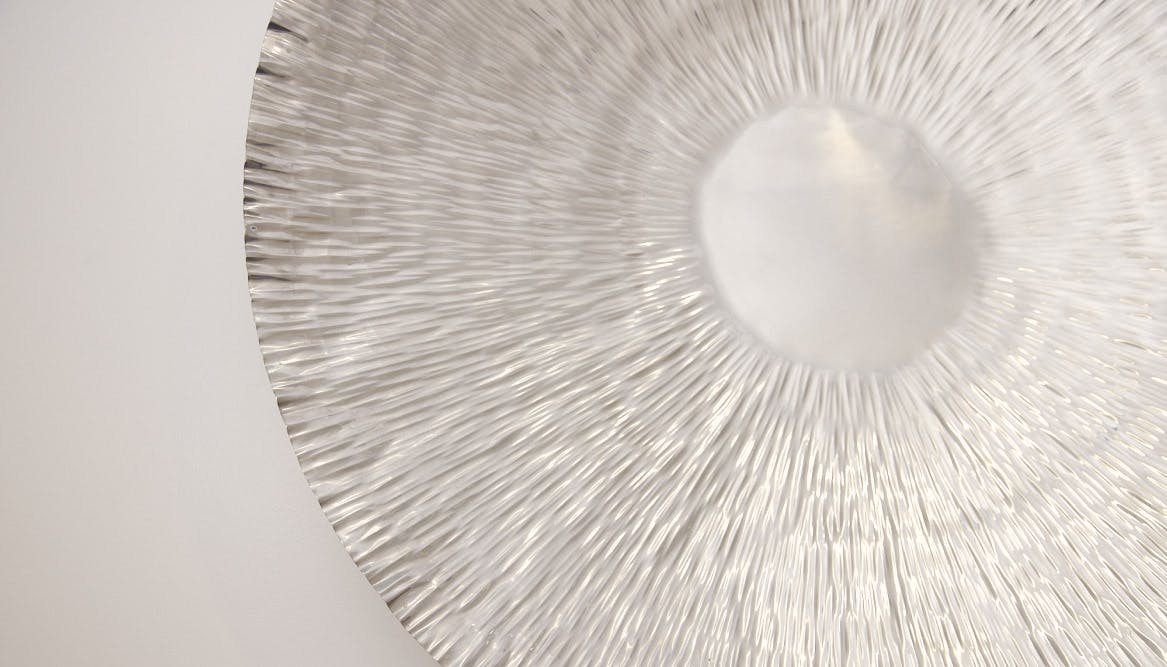Ectrodactyly, also known as split hand/split foot malformation (SHFM), is a rare congenital condition characterized by the absence or malformation of central digits on the hands and/or feet.
Ectrodactyly: Hereditary Factors, Treatment, and Associated Conditions
Ectrodactyly may occur on one hand or foot, but commonly affects multiple limbs. There may be a strong hereditary component with subsequent generations possessing similar features.
Most patients have no other associated condition and go on to live very active lives. Certain functional problems may arise over time that may need to be corrected surgically. Surgical correction can occur as early as 3 months of age. This usually involves closing cleft spaces, if present, and straightening curved digits. Frequently, future surgical procedures are required to account for changes related to growth, including ligament repairs and correction of additional curvature issues. The main goal of surgery is to improve hand function, and secondarily, improve appearance.
In some instances, ectrodactyly may be associated with other conditions. Most notable among these is EEC syndrome (ectrodactyly, ectodermal dysplasia, and facial cleft). As the abbreviation suggests, patients may have skin problems presenting as frequent dryness, brittle hair, and cold or heat intolerance. Facial clefts are usually refer to a cleft lip and/or palate. An evaluation by a qualified dermatologist is essential.









